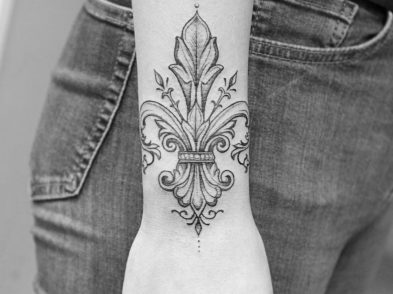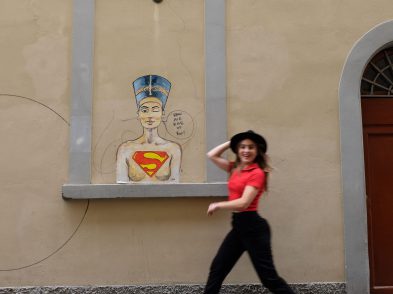Massimo Ricci was born into a deeply Florentine family, his ancestry going back centuries. The family name can be found on the base of the cathedral, where all the church’s donors were inscribed centuries ago. Florence runs through Ricci’s blood, as too does the city’s most emblematic building: the Cathedral of Santa Maria del Fiore and its innovative, game-changing dome.
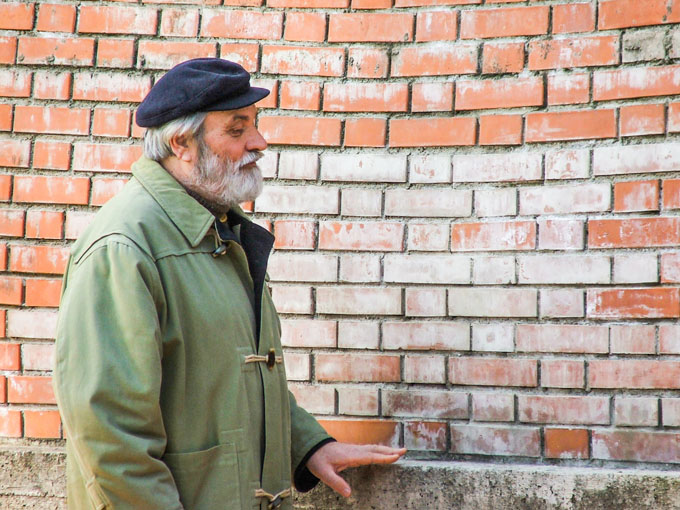
Photos by Ruth Miriam Carmeli
“I’m Florentine, with ancient origins, so I’m very tied to Florence, not to mention the dome,” he explains to me during our interview in his country house near Reggello. “You see it when you leave, you see it when you arrive. It’s the first thing you see. It’s in our hearts. So I was always interested in the structure.”
Massimo Ricci may not be a household name outside the academic world, but his scholarly achievements have changed the history and study of Brunelleschi’s celebrated 15th-century dome. Seen for centuries as a construction mystery, many a scholar attempted to tackle the secrets of the dome, which its creator Filippo Brunelleschi brought with him to the grave. Enter Ricci, an expert in the restoration of monuments in brick and stone, particularly domes and arches, with a focus in ancient building techniques.
Ricci began his career as an architecture student at the University of Florence, where he went on to teach for 40 years. His path changed forever when, in 1975, he attended a conference organized in the lead up to the 500th anniversary of Brunelleschi’s birth. Having grown up in the shadow of the dome, he felt he couldn’t miss it. When he heard the speakers discuss the mysteries of the structure, he behaved like any ambitious young scholar at the beginning of his career might: he took up the challenge and set out to solve the mysteries. And so, for the next eight years, Ricci studied tirelessly, examining the dome wherever he was given access and building his theory, piece by piece.
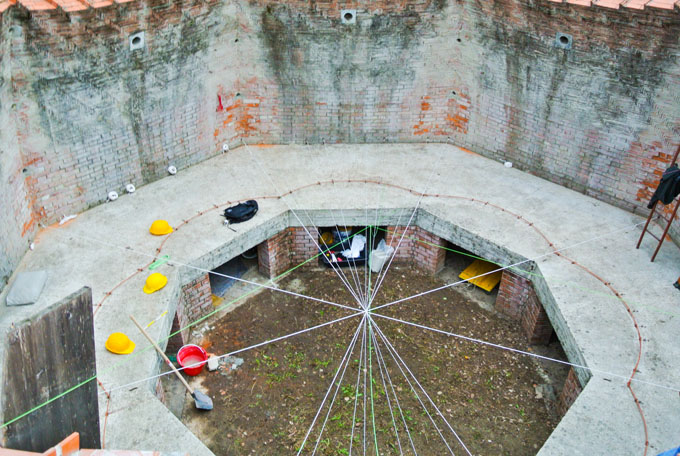
Ricci published his landmark book Il fiore di Santa Maria del Fiore in 1983, essentially challenging the hypotheses up until that time and putting himself on the map. His greatest discovery lent its name to his book: the fiore, or flower, a construction method Brunelleschi used to build the famous, puzzling herringbone structure, which, when laid out, looked like a flower from above.
His theories were not accepted by everyone, however. When asked if anyone spoke out against him, he commented that that is not how things work around here. “Their method is to stay silent,” he said. “They wrote things that were incorrect, which were proven wrong by what I presented, which is the truth, and so what choice did they have? Through their silence, they chose to try to push me into oblivion.” His book would not exist, his formulas and theories would not be studied, his subsequent conferences would not have happened. But Ricci did not seem to mind this tactic. He always believed his ideas were right and that time would only show this. Indeed, it has. Over the last 34 years, every one of Ricci’s theories and ideas has been proven correct.
In order to demonstrate his theories, he decided to build his own version of the dome, albeit in 1:5 scale. Bureaucracy was a sticking point, but after years of red tape and the foundation of the association Filippo di Ser Brunellesco to facilitate the finances and paperwork, Ricci was given the go ahead and in 1989 he laid the first bricks in his dome trial in Parco dell’Anconella, outside the city center. After 28 years, the dome is still not finished, an odd fact considering Brunelleschi toiled away for just 16 years on his dome, five times the size of Ricci’s. But Ricci never aimed to be any better than his Renaissance idol: the dome, for Ricci, is and always has been a testing ground, a method to study and test his theories.
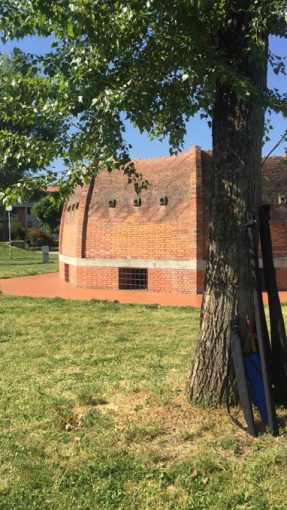
When asked if he intended to finish it, his answer was a quick and simple, “No.” A pause. “And I’ll tell you why!” he said. Giovanni Michelucci, one of the premier Italian architects of the 20th century and the man behind Florence’s Santa Maria Novella train station, visited the “Anconella” dome shortly after construction began and gave Ricci his two cents. “If you close the dome,” he said, “it will become the second mystery.” His point: the dome needs to remain open and unfinished if people want a close-up understanding of the techniques that Brunelleschi used and which Ricci has discovered over the course of his career. While it stays open, the structure can be studied as if Brunelleschi himself was in the middle of building it.
For Ricci, his dome is as complete as it is ever going to be. He has successfully proven his theories and adding a few more centimeters of brickwork would not offer any enlightening discoveries. He is not opposed to collaborative work on his dome, however. If a non-scholar has heard Ricci’s name, it likely came from his appearance in the 2009 National Geographic special on Brunelleschi’s dome, which involved the invitation of a group of workers from the International Union of Bricklayers to demonstrate the architect’s theories for the camera.
Through the construction of his model, Ricci has confirmed what today seems to be common knowledge: the herringbone building technique, the use of pulley systems and machinery that can be reversed without having to turn the oxen around and Brunelleschi’s innovative suspended scaffolding. But perhaps most importantly, through his observations of the real dome, the scholar also discovered some of its greatest secrets, the reasons why no one, in 500 years, could crack the dome. Brunelleschi put immense effort into ensuring that his techniques go undiscovered—and Ricci was the first to acknowledge publicly some of the tricks the Renaissance architect used to see his efforts through, including falsifying the herringbone layout, as well as sections of masonry that he ultimately left uncovered. Brunelleschi knew his successors would think he was demonstrating his techniques for them to learn from, but really he was cleverly ensuring that they would fail in their attempts to recreate his work.
Ricci quickly understood that Brunelleschi’s work was falsified on the surface when he observed covered sections of the masonry that had chipped away over the centuries and saw a difference in their make-up: the uncovered sections had impossibly light layers of mortar between each brick, which would never have withstood the weight and curved shape of the dome, while the masonry hidden behind the plaster shows the proper amount of mortar needed to construct such a structure. With this knowledge, Ricci was able to slowly unravel the mysteries of the Duomo, putting to bed some of the greatest questions that have persisted over the centuries.


